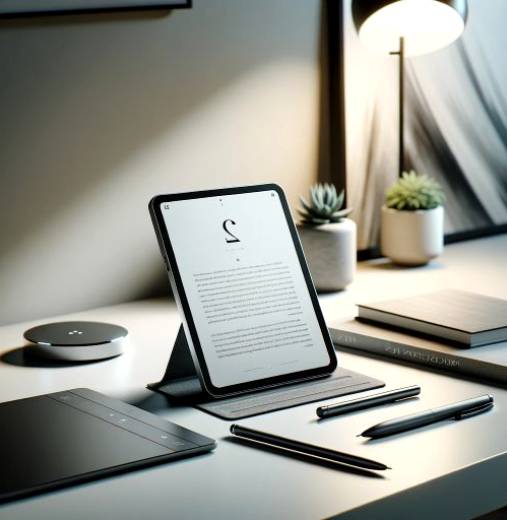Attracting pollinators, such as bees, butterflies, and hummingbirds, to your garden is not only beneficial for these beautiful creatures but can also enhance the overall health and beauty of your outdoor space. By choosing the right flowers and plants, you can create a welcoming environment that provides food and habitat for these important pollinators throughout the year. In this article, we will explore how to select the best flowers for bees, butterflies, and hummingbirds, as well as the benefits of incorporating native plants into your garden design. Whether you are looking to attract more pollinators to your garden or simply want to create a vibrant and biodiverse landscape, there are many ways to encourage these essential creatures to visit your outdoor space.

Creating a Butterfly-Friendly Garden: Must-Have Flowers
Creating a butterfly-friendly garden is a wonderful way to attract these beautiful pollinators to your outdoor space. One of the key elements of a butterfly-friendly garden is having a variety of flowers that will provide nectar for butterflies to feed on. Some must-have flowers for attracting butterflies include milkweed, butterfly bush, coneflower, black-eyed Susan, and phlox. These flowers not only provide nectar for adult butterflies but also serve as host plants for butterfly larvae. By including a mix of these flowers in your garden, you can create a welcoming environment for butterflies to visit and thrive.
Best Flowers for Hummingbirds: How to Create a Nectar-Rich Garden
Hummingbirds are attracted to bright, tubular flowers that are rich in nectar and have a high energy content. Some of the best flowers for hummingbirds include bee balm, cardinal flower, coral honeysuckle, and trumpet vine.
When planning your garden, be sure to include a variety of bloom times to ensure that there is always a nectar source available for hummingbirds. Additionally, planting flowers in clusters or groups can help make them more visible to hummingbirds and easier for them to feed.
In addition to selecting the right flowers, it is also important to provide a water source for hummingbirds. They need to drink water as well as feed on nectar, so consider adding a small birdbath or water feature to your garden.
By choosing the best flowers for hummingbirds and providing a nectar-rich garden, you can create a vibrant and welcoming environment for these beautiful creatures to visit and enjoy.
Year-Round Blooms: Planning a Pollinator-Friendly Garden
By planning for year-round blooms, you can ensure that bees, butterflies, and hummingbirds have access to the nectar and pollen they need to thrive.
One way to achieve year-round blooms is to plant a variety of flowers that bloom at different times of the year. For example, early spring blooms such as crocus and daffodils can provide much-needed food for pollinators emerging from hibernation. Summer favorites like bee balm and coneflowers can keep pollinators well-fed during the warmer months. Fall-blooming asters and goldenrods can provide a late-season feast for pollinators before the winter sets in.
In addition to selecting flowers that bloom at different times, it's also important to choose a mix of annuals and perennials. Annual flowers such as zinnias and sunflowers can provide a burst of color and nectar throughout the growing season. Perennial flowers like lavender and bee balm can offer a more long-lasting food source for pollinators year after year.
By planning for year-round blooms in your garden, you can help support a healthy and diverse population of pollinators in your area. Not only will your garden be alive with color and activity throughout the year, but you'll also be doing your part to help protect these important and essential creatures.
Native Plants vs. Exotic Flowers: Which Are Better for Pollinators?
When it comes to attracting pollinators such as bees, butterflies, and hummingbirds to your garden, the choice between using native plants or exotic flowers is an important consideration. Both native plants and exotic flowers have their own unique benefits and drawbacks when it comes to providing food and habitat for pollinators.
Native plants are plants that naturally occur in a specific region and have evolved alongside the local wildlife. These plants are well-adapted to the soil, climate, and other conditions of the region, making them generally easier to grow and maintain. Native plants also provide important sources of nectar, pollen, and shelter for local pollinators. By incorporating native plants into your garden, you can help support the local ecosystem and provide a vital habitat for native pollinators.
On the other hand, exotic flowers are plants that are not native to a specific region but have been introduced from other parts of the world. Exotic flowers can add color, variety, and unique aesthetics to your garden, attracting a wide range of pollinators with their bright blooms. However, exotic flowers may not provide the same level of nutrition or support for local pollinators as native plants. In some cases, exotic flowers can even become invasive and outcompete native plants, disrupting the local ecosystem.
Ultimately, the choice between using native plants or exotic flowers in your garden depends on your personal preferences and goals. If you are looking to create a pollinator-friendly garden that supports local wildlife and promotes biodiversity, incorporating native plants is a great option. However, if you are interested in adding variety and ornamental appeal to your garden, exotic flowers can also play a role in attracting pollinators. By carefully selecting a mix of both native plants and exotic flowers, you can create a vibrant and diverse garden that benefits a wide range of pollinators.

